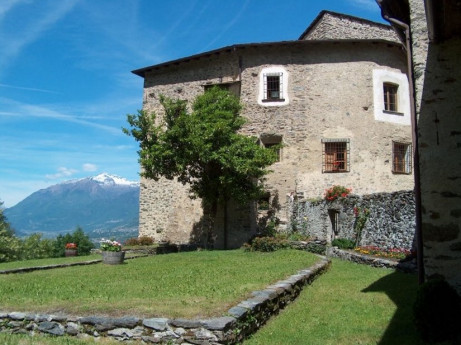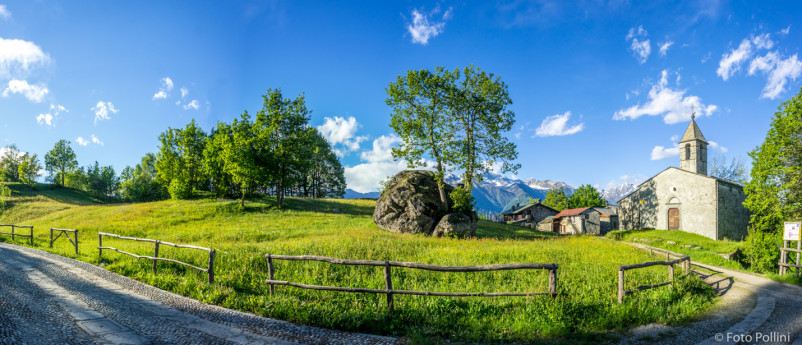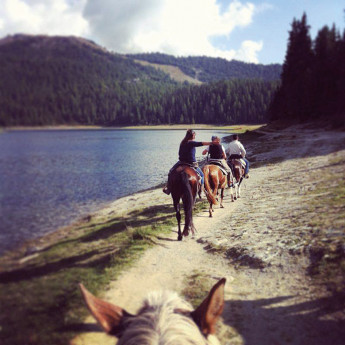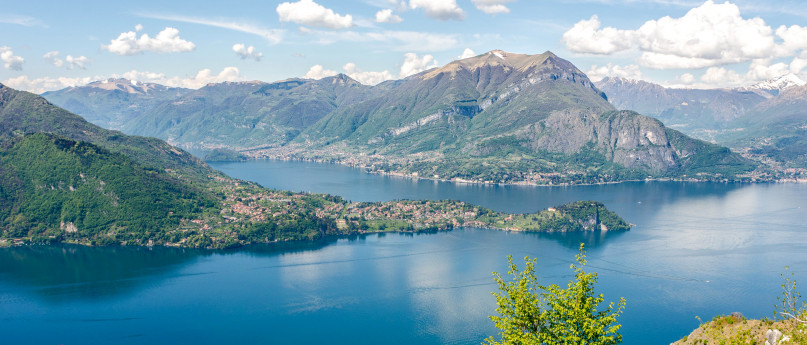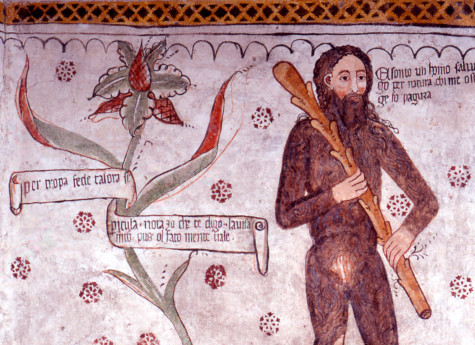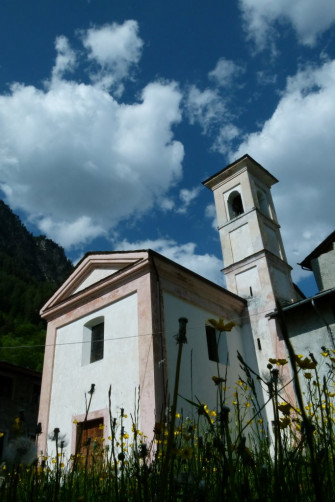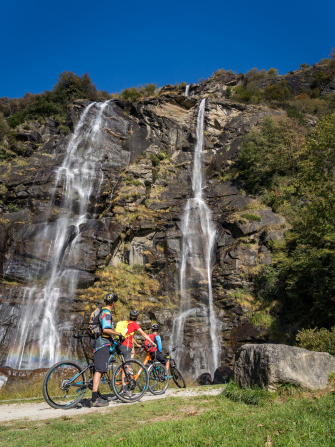Pedaling among the beautiful, from Chiavenna to Colico
Especially in autumn, getting on a bike to explore a beautiful corner of Lombardy without resorting to our car is pleasant and possible.The destination to arrive at, and then set off pedaling, is Chiavenna, in the province of Sondrio, which can be reached by train. Valtelbike is a service made available precisely for those who want to move freely, with only the strength of their legs, a circuit that allows you to rent bikes in different locations in Valtellina, in our case Chiavenna, with the possibility of returning them to another location, for us Colico (Lecco), at the end of the excursion. We begin the ride through the streets of Chiavenna's center, among soapstone fountains, porphyry paving and typical locales; we cross the Mera River twice to find ourselves in front of Palazzo Balbiani, locally called the Castle; we pass under the Paradiso Botanical Park, an ancient and scenic stone quarry; and we climb northward arriving in the area of the crotti, small buildings exploited as natural refrigerators thanks to the Sorel, a wind that comes out of the mountain at 8ºC all year round. Today many have been converted back into restaurants. You reach the double drop of the Acquafraggia Waterfalls, able to fascinate Leonardo da Vinci so much that he cited them in the Atlantic Codex, you are in Borgonuovo di Piuro and it is here that you reverse course, heading south, returning to Chiavenna where you can admire two other noble historical-artistic testimonies: the Collegiate Church of San Lorenzo and the Monolithic Baptistery of 1100. Passing the Bridges over the Mera and Liro rivers, you pedal for 14 km slightly downhill on a paved path dedicated to bicycles. The peaks of the Chiavenna Valley provide the backdrop. At Novate Mezzola the environment changes abruptly: first the lake with its wide horizons, then the narrow mountainside passages. Verceia instead presents us with an extraordinary work of military engineering: the San Fedele mine tunnel. A charming lakeside passage introduces us to the Piani di Spagna Nature Reserve. From here to the Adda a few kilometers on the road require a minimum of attention, but the last stretch along the river puts us back in touch with nature; we pass by Fort Fuentes, of Spanish origin, and Fort Montecchio, dating back to the Great War; finally, we skirt the Lario and from the Molo di Colico we end the ride at the Lecco town's train station, in the shadow of Mount Legnone. - Cover image: @klaus dell'orto
